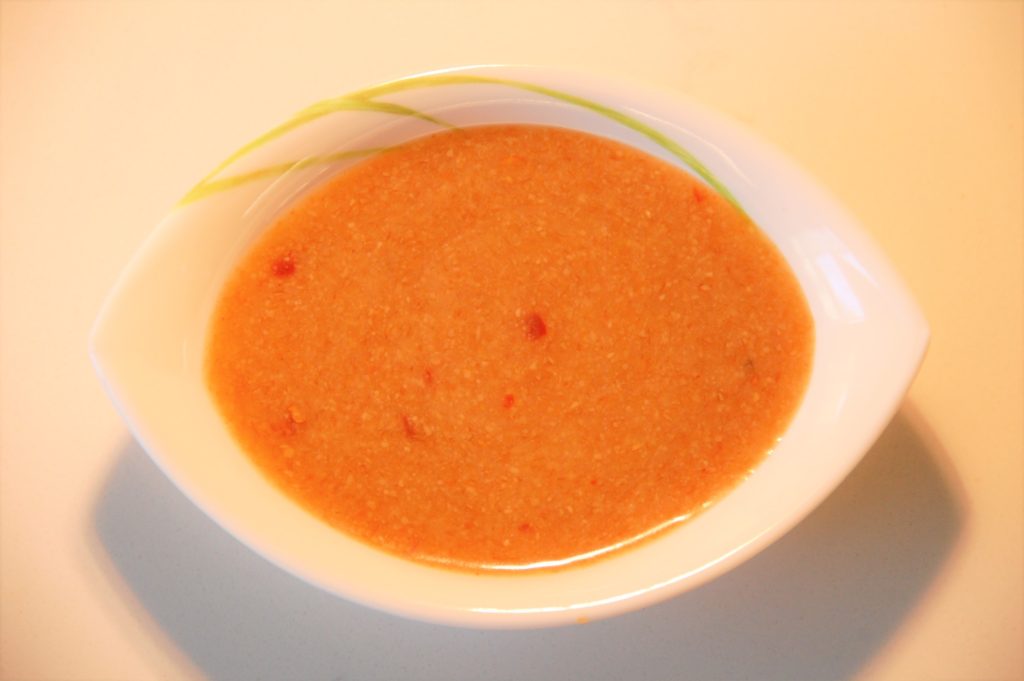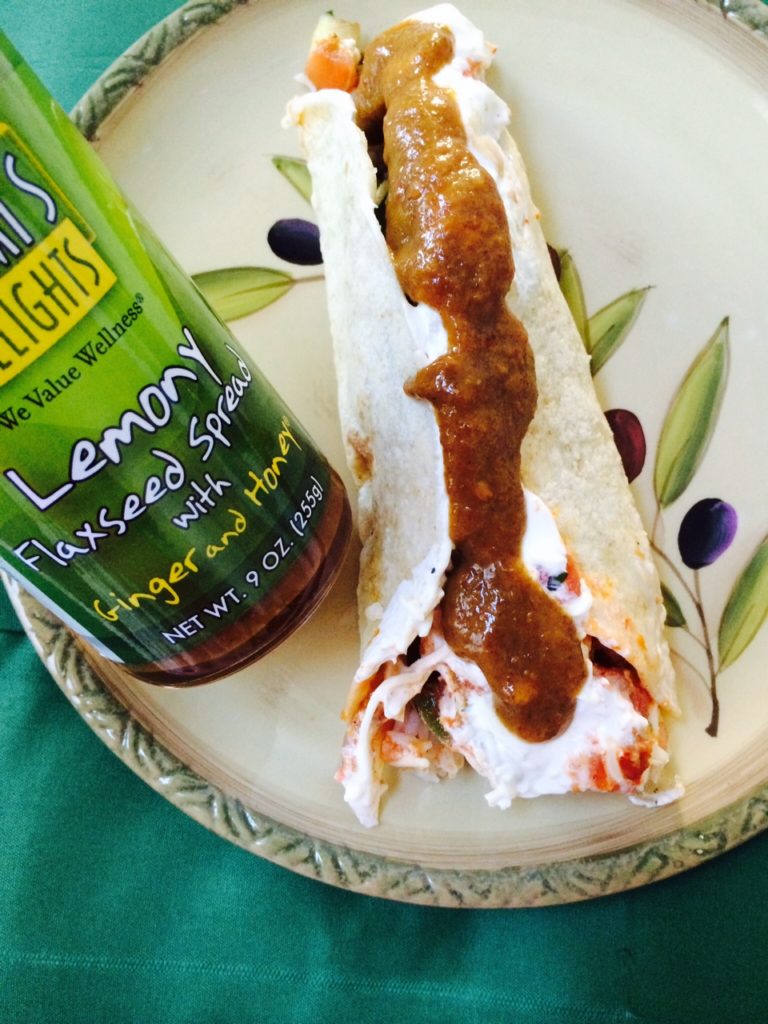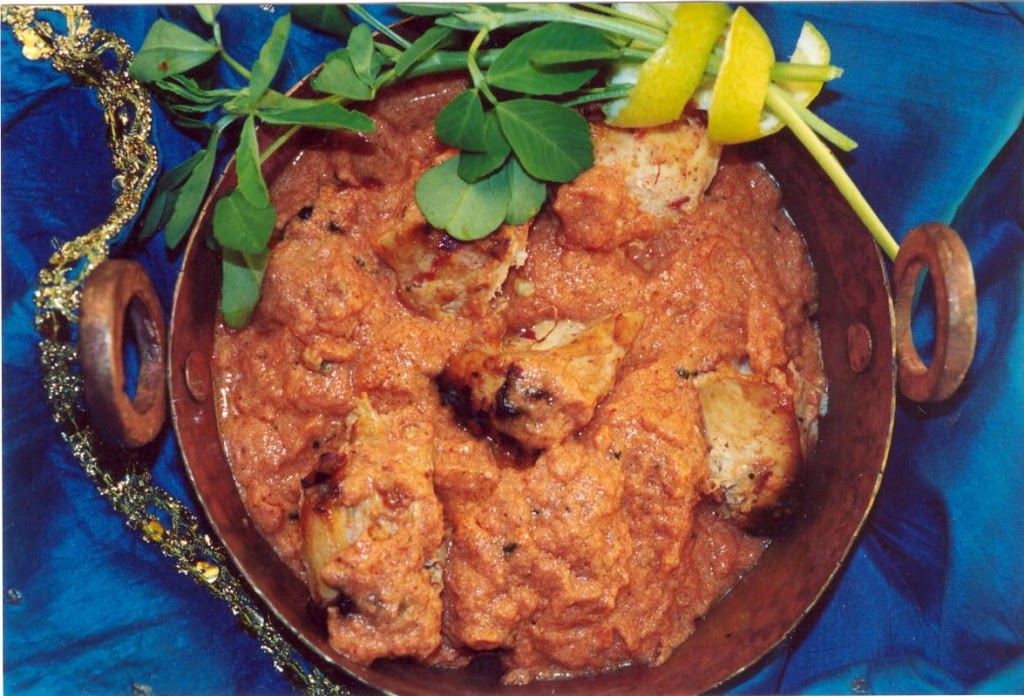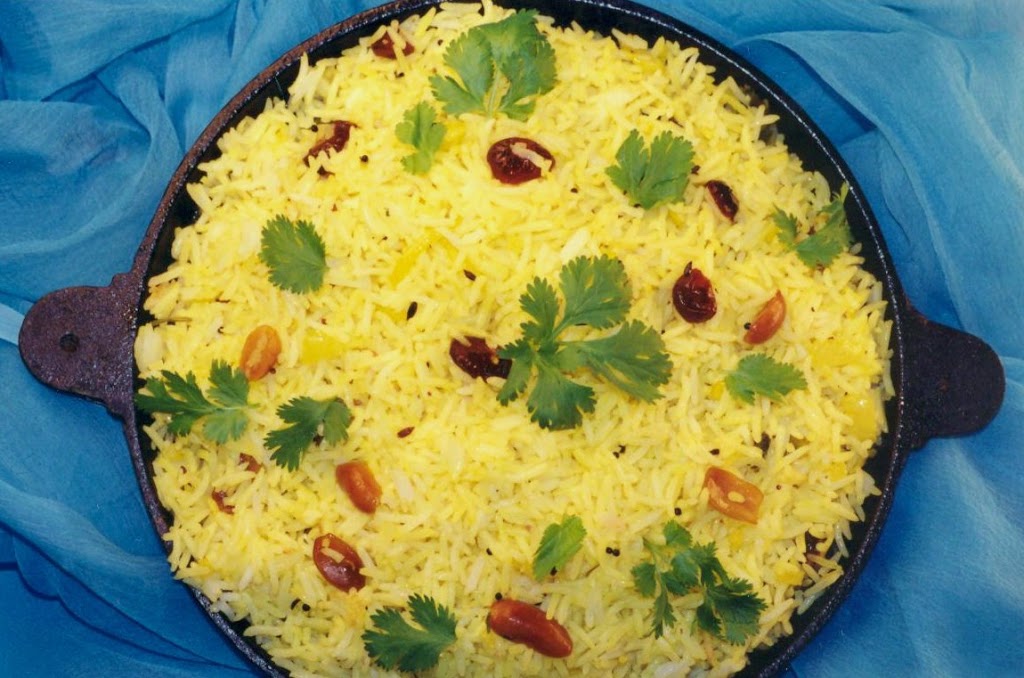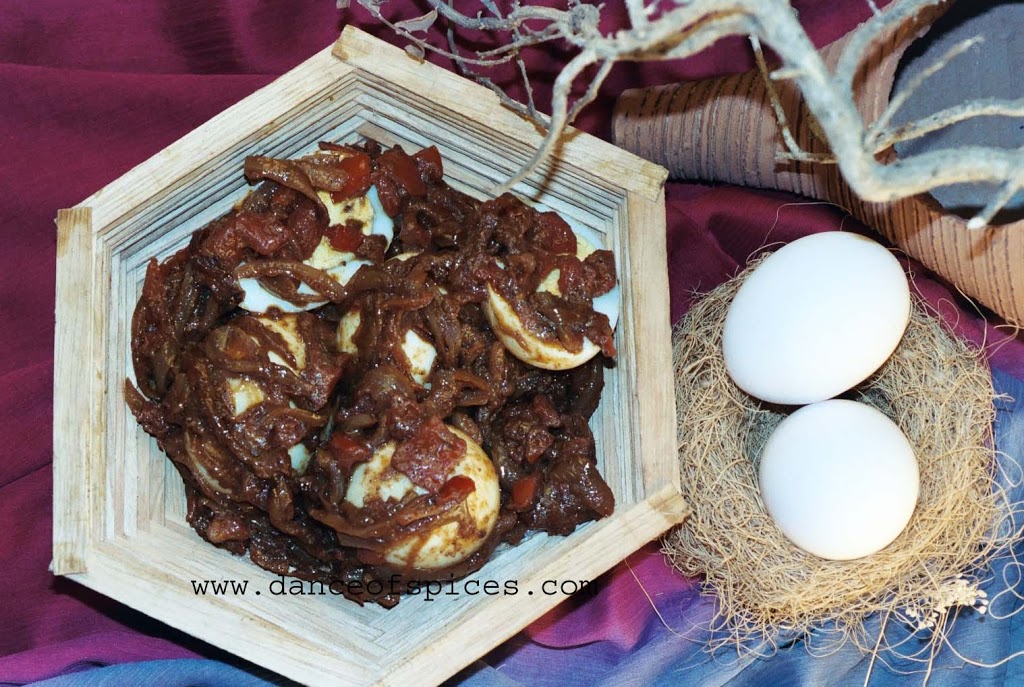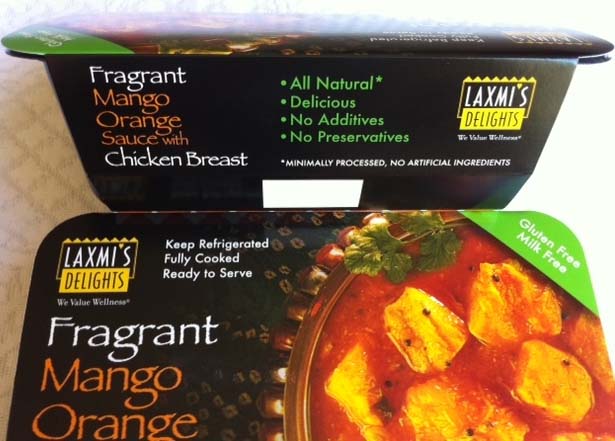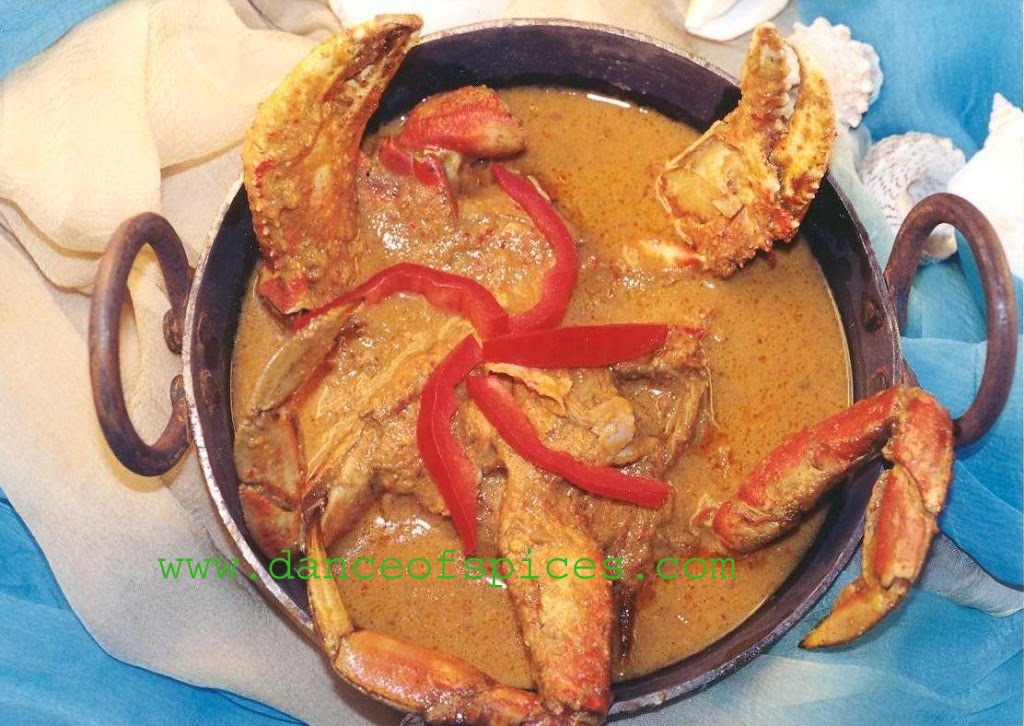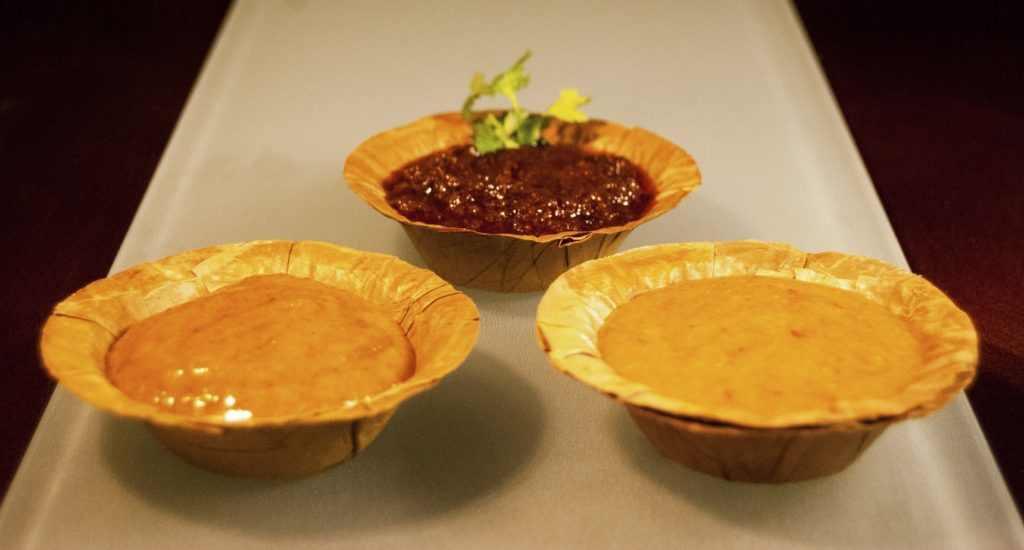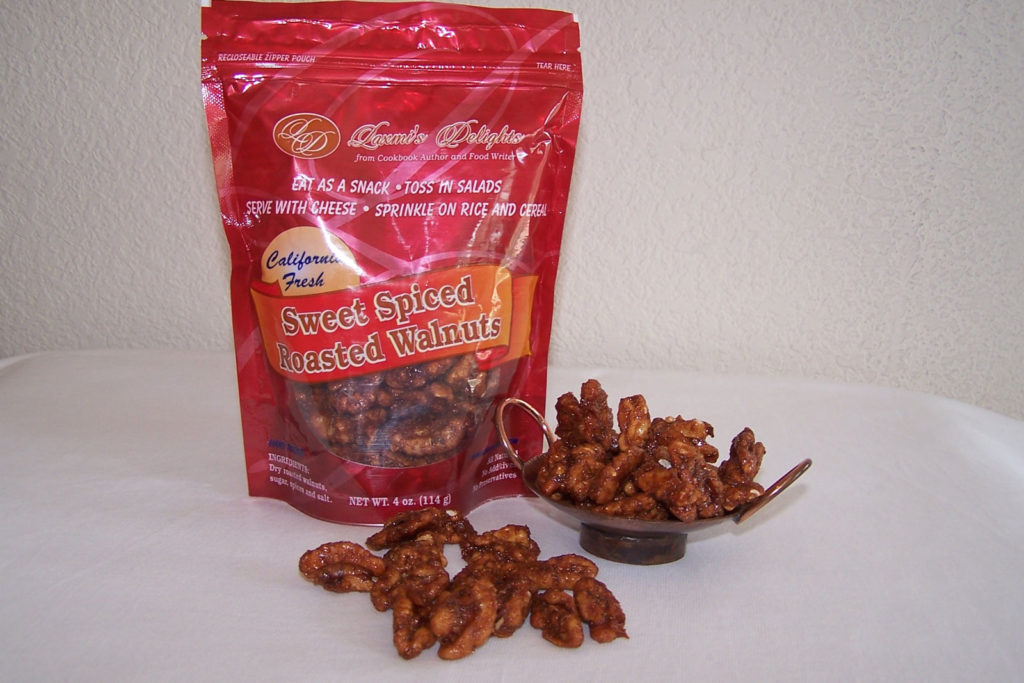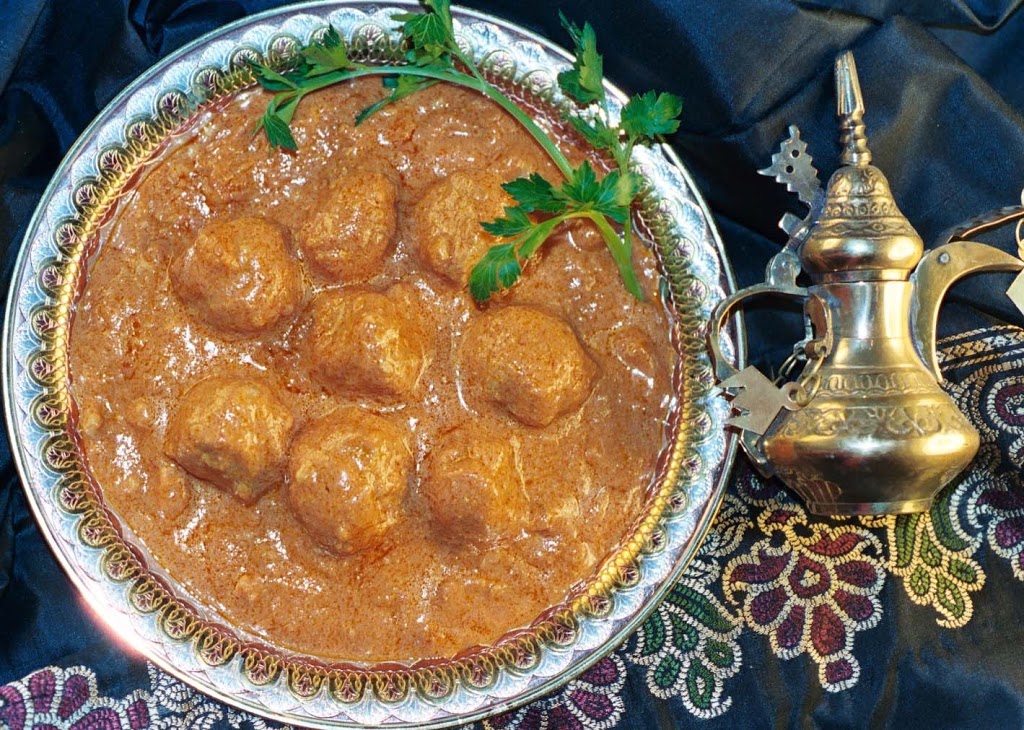Flames of India – The Art of Tandoori Cooking
Summer, to me, was the height of my sons’ little league when they were growing up. That means, I was on call, to head the outdoor cooking team. The coaches, parents, and even kids liked the spicy flavors of India especially anything grilled. They thoroughly enjoyed the spicy tandoori chicken, steaks, and leg of lamb. […]
Flames of India – The Art of Tandoori Cooking Read More »

